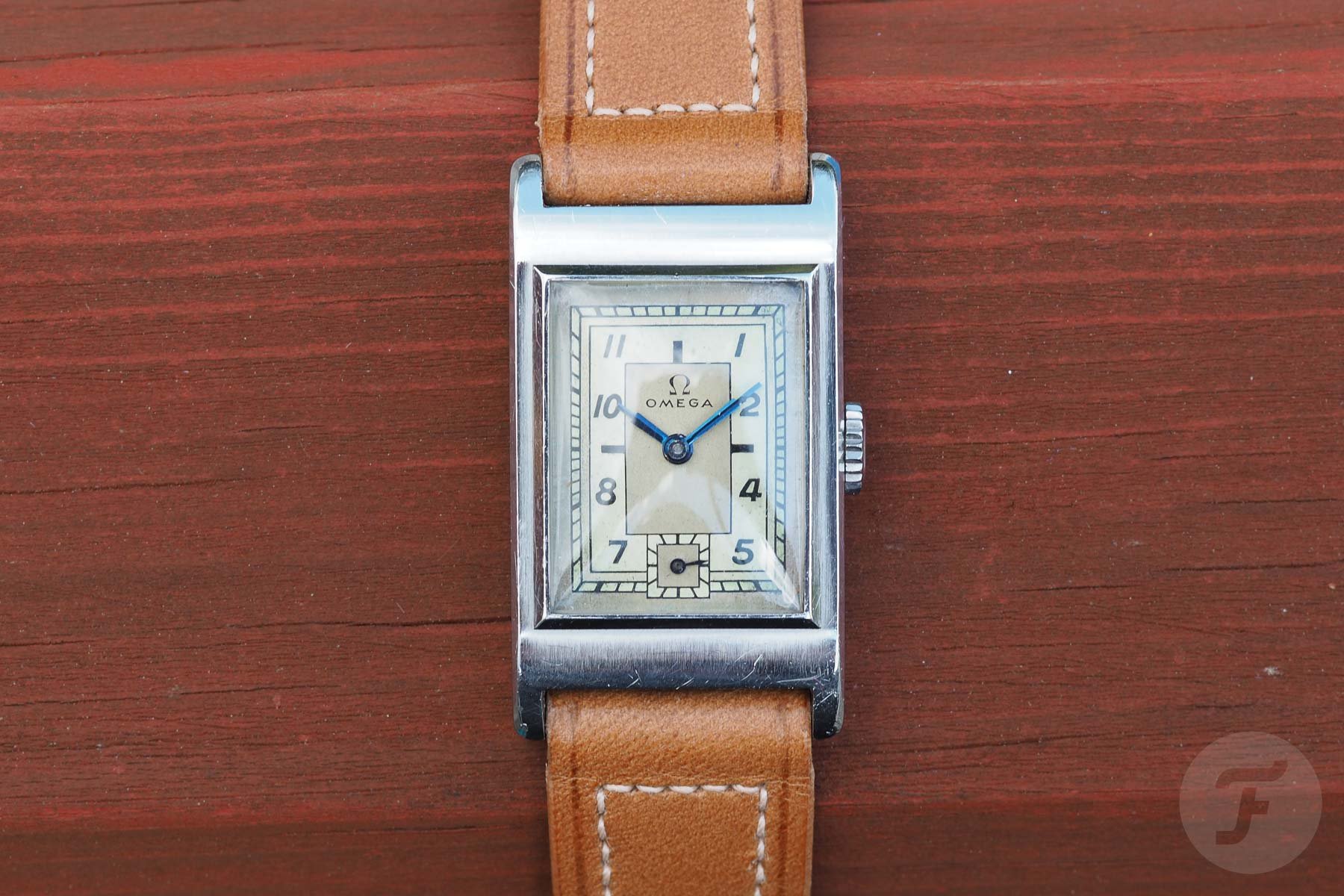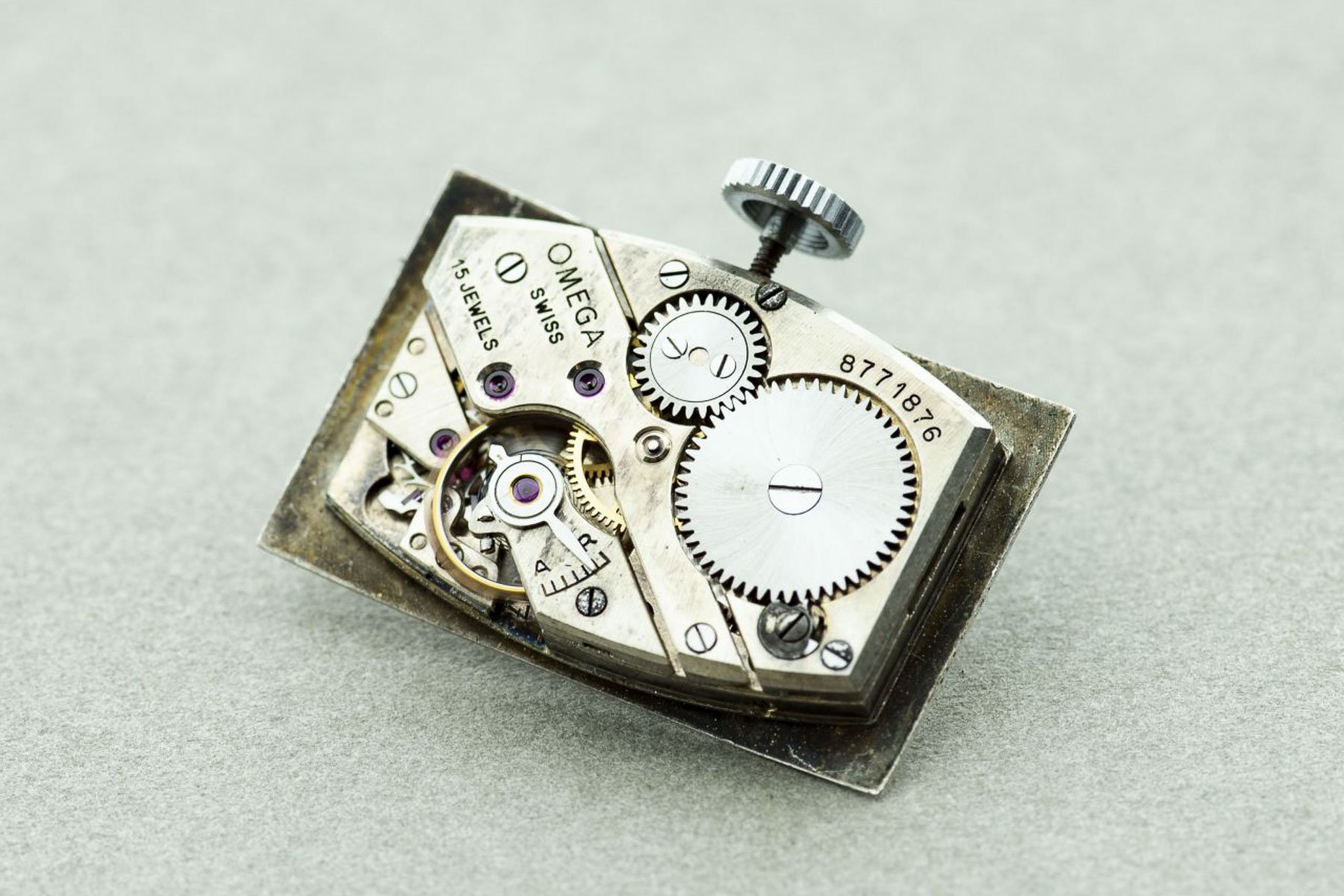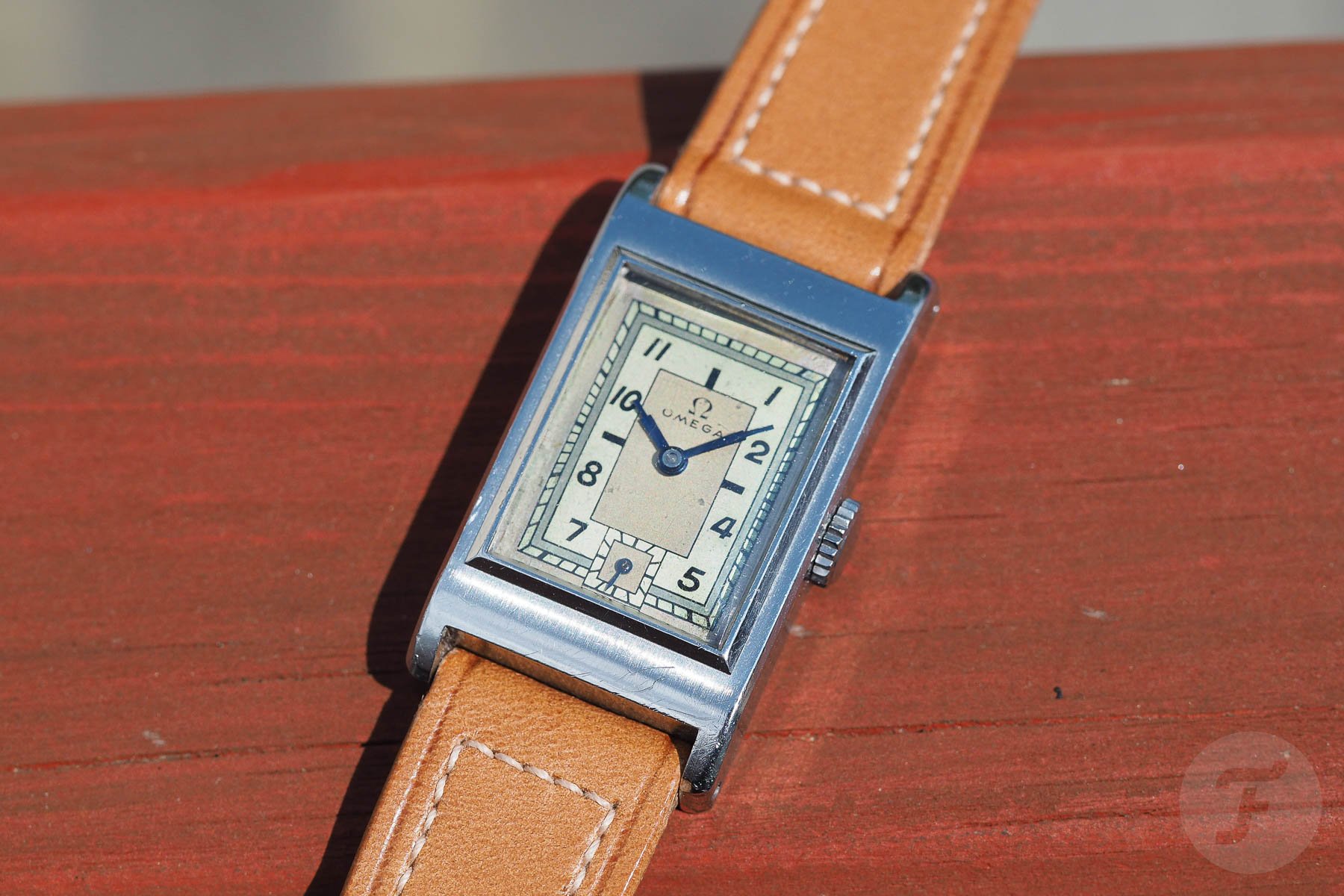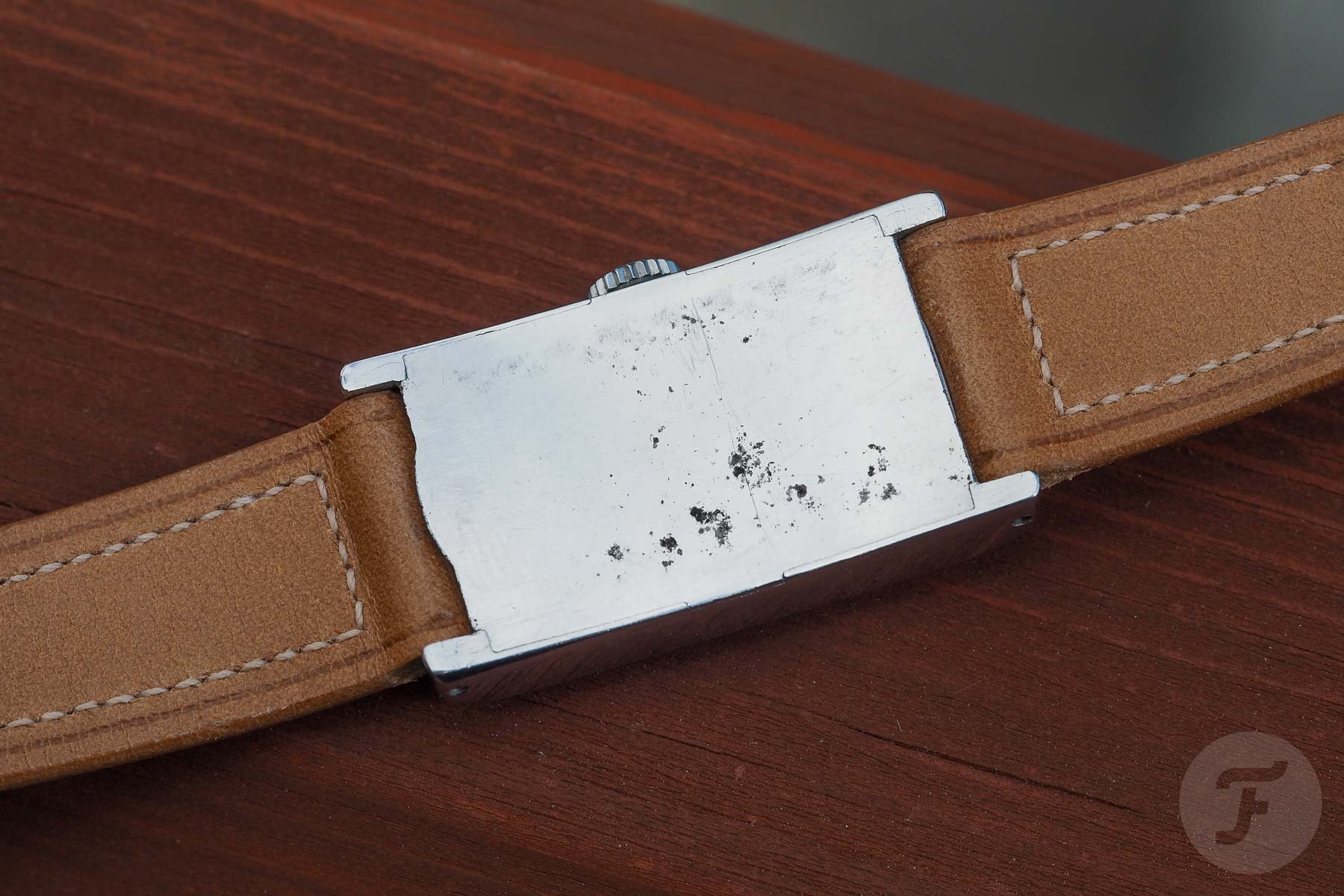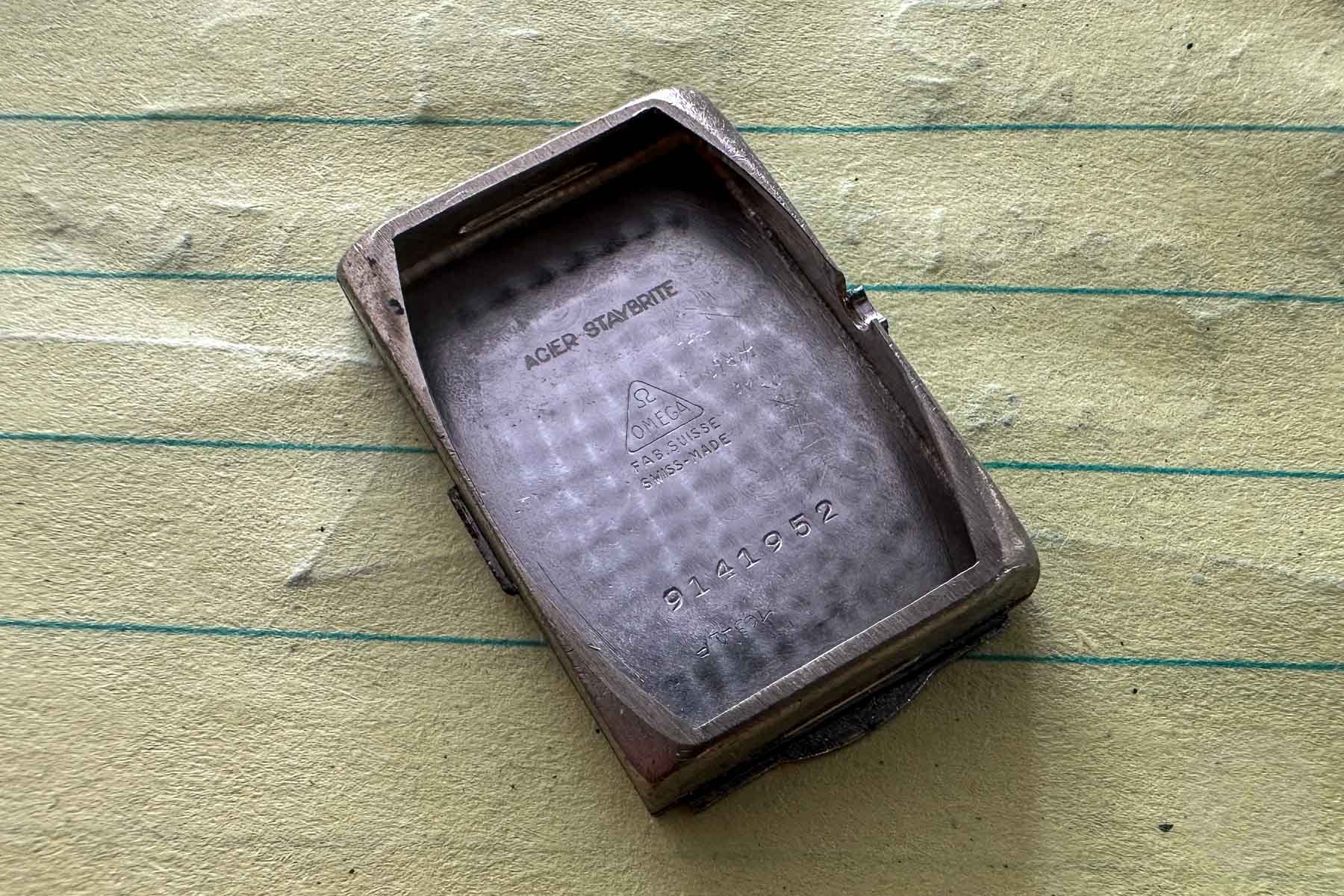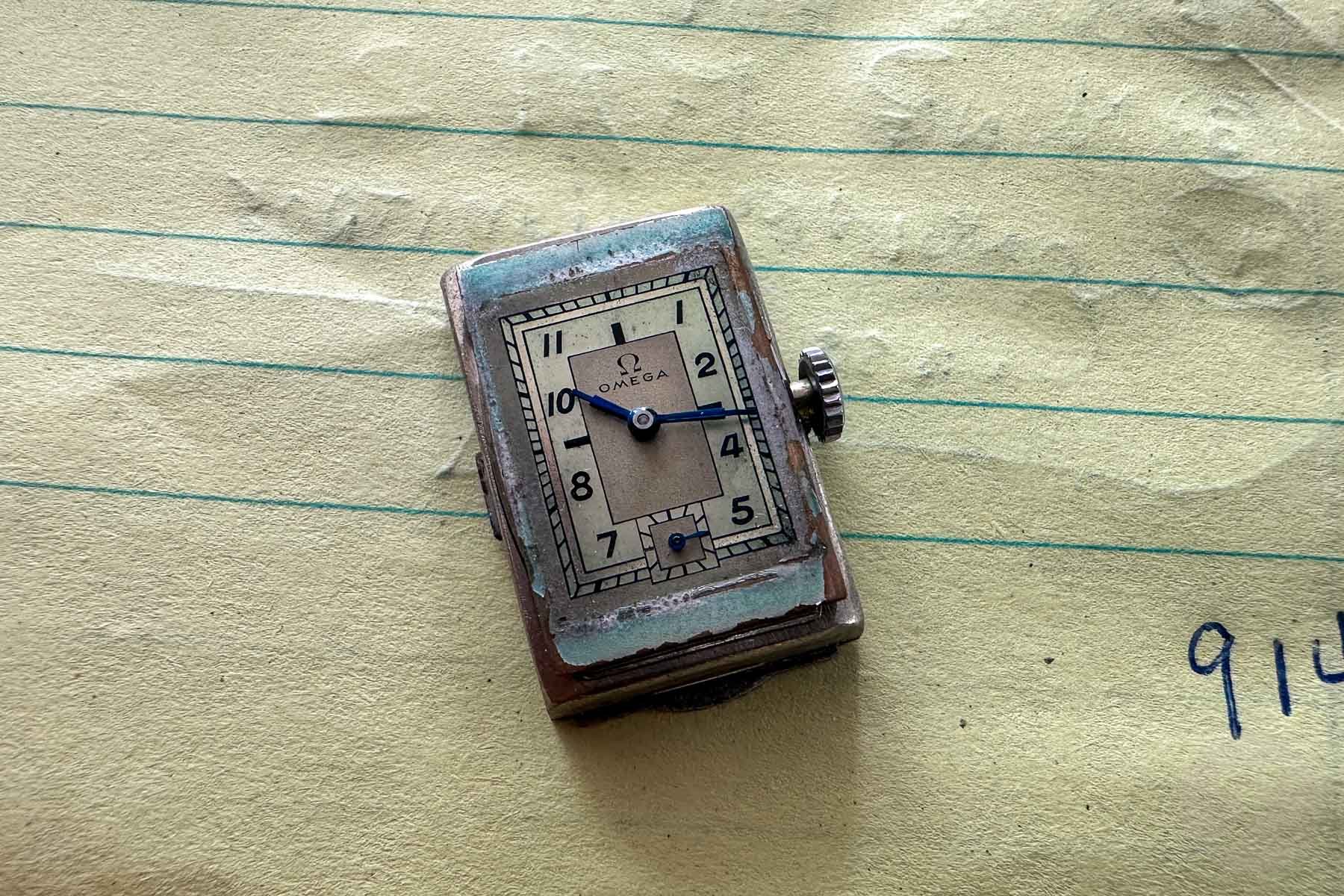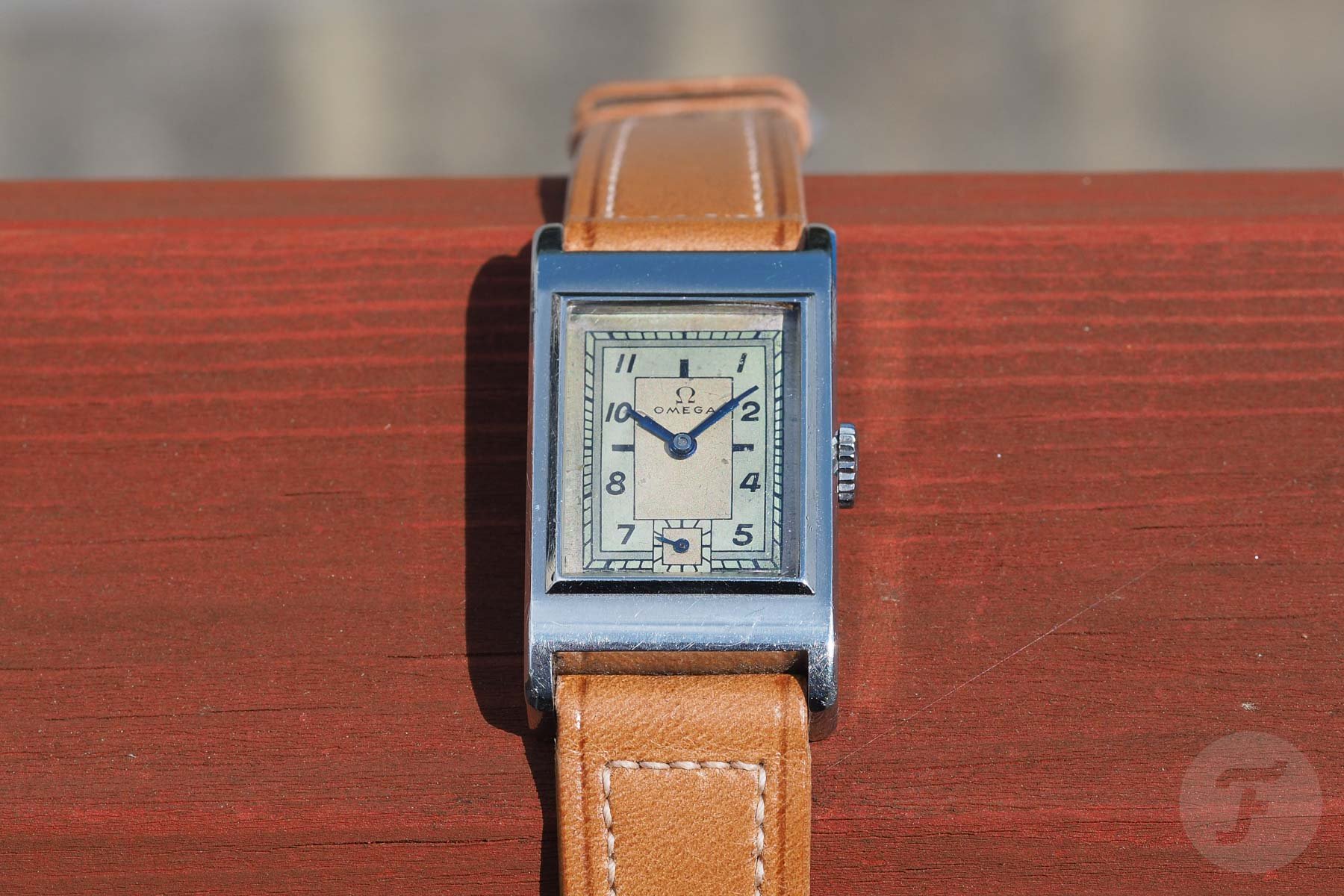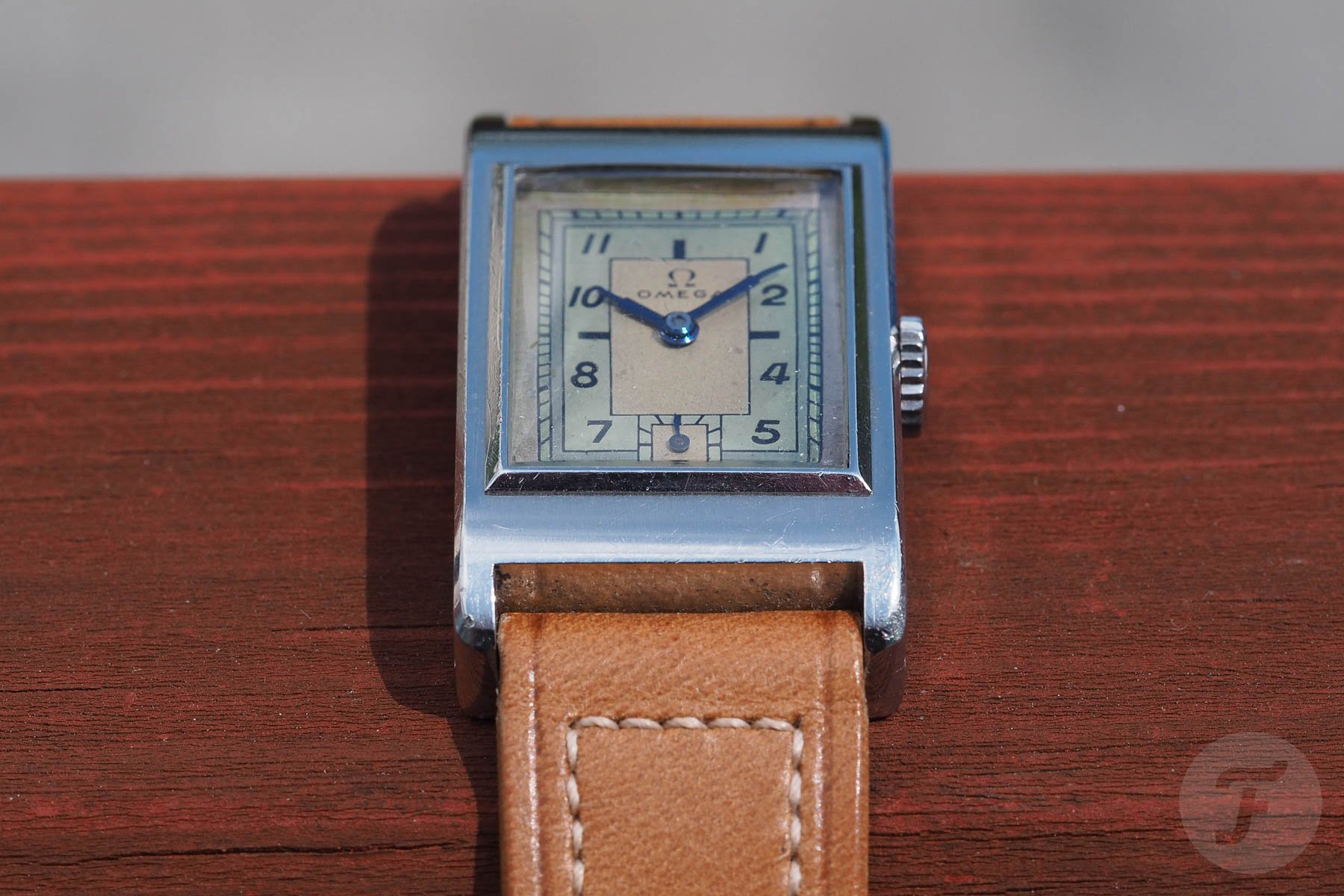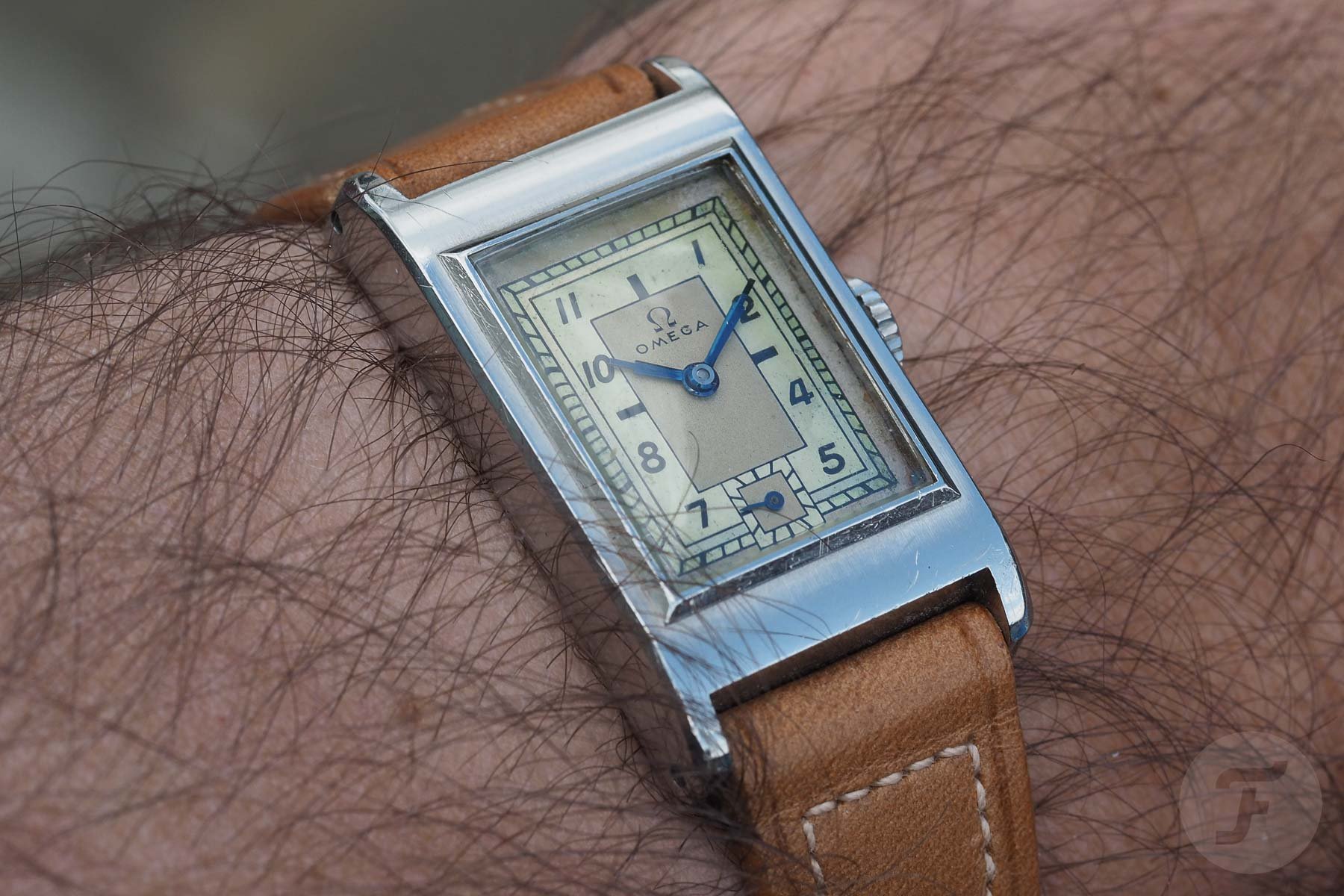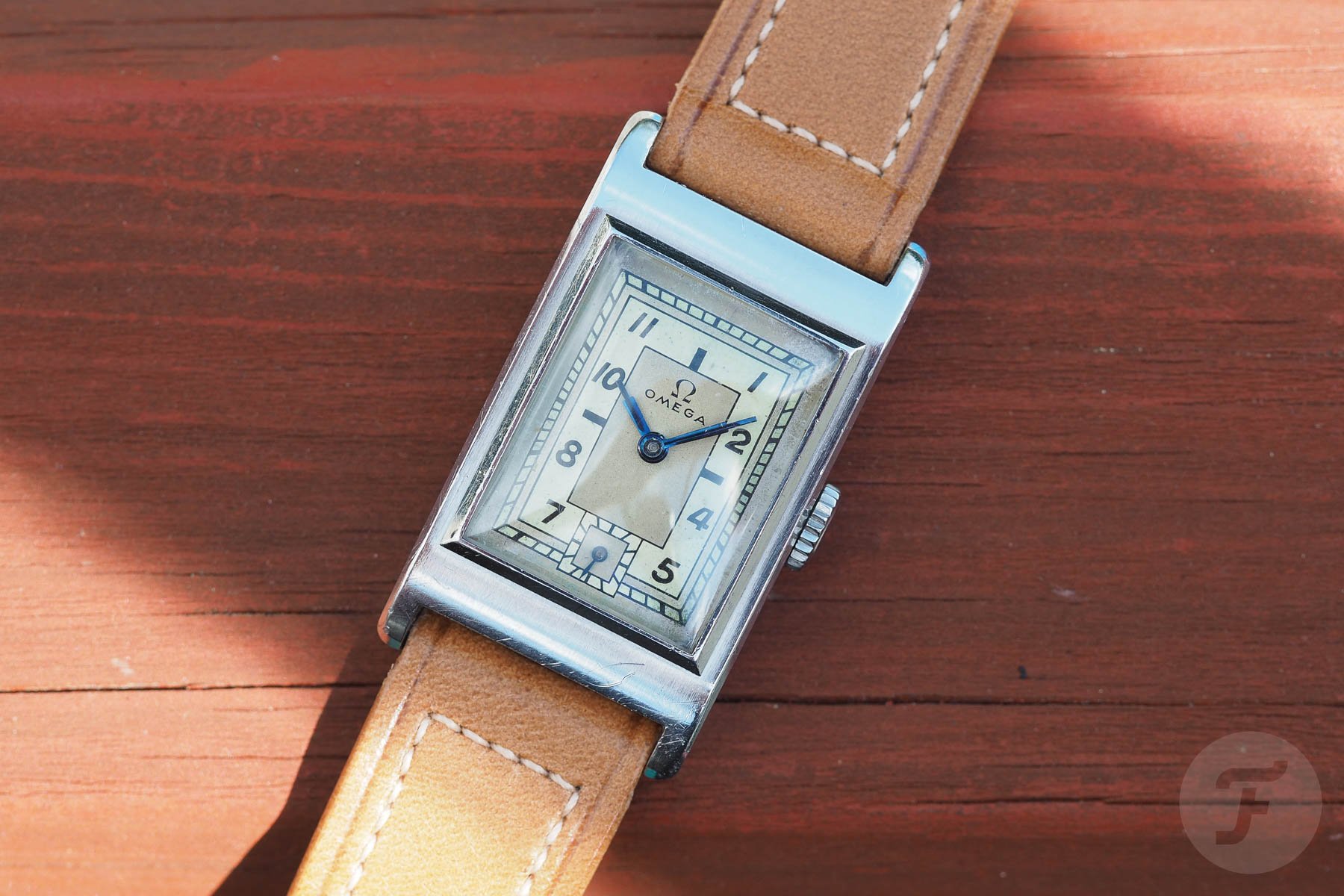Vintage Watches: The Omega CK976 With A Glorious T17 Movement
Today, we’ll look at a charming little Omega CK976. It’s a lovely watch on the outside, but the inner workings are just as notable if not more so. This tank from 1939 is equipped with the caliber T17, a movement worthy of a place in anyone’s vintage collection.
When considering vintage Omega watches and their movements, calibers 30T2 and 321 tend to dominate the narrative. It makes sense to some degree because the former was a rock-solid movement that soldiered on for decades. The 321 went to the Moon and has staged a successful comeback in recent years. There are other notable movements in the brand’s history, and the T17 is certainly among them. This movement found its way into smaller tank watches, which perhaps explains its exclusion from mainstream discussions. Regardless of the rationale, let’s bring it back into focus within a lovely CK976 from 1939.
The Omega CK976
My recent foray into watches from the ’30s through the ’50s has been an awakening. I’ve been introduced to many brands that I previously ignored and a plethora of movements. Watches like today’s Omega CK976 are very different from what I collected less than a year ago, but they’re highly worthwhile. Incredible cases, lovely dials, and oddly reliable mechanical movements have been my experience thus far. As far as giving these little gems wrist time, I’ve opened my mind to wearing a different watch style and am enjoying the newly found variety. Due to its minuscule size, this Omega won’t be for everyone, but it’s worth a look.
Caliber T17
It is commonly believed that Omega’s caliber T17 was introduced in 1934 and designed by Charles Perregaux. The name is derived from its tonneau shape and 17mm width. This elongated caliber is an attractive 25mm-long 15-jewel (17-jewel versions exist) movement with multiple plates. It also boasts an oversized barrel with a mainspring affording it a 60-hour power reserve. Of course, the 18,000vph frequency aids this as well. To highlight the significance of this movement, it took Omega until 2007 with its in-house-designed caliber 8500 to reach this level of power reserve again. The movement was successful in tank-style watches as Omega produced more than 140,000 of them until 1943.
Myriad styles
The T17 found a home in many case designs from Omega. “Staybrite” steel, an early stainless alloy, was available alongside 14K and 18K gold. A post on Omega Forums contains some great vintage catalog photos with a variety of choices along with their prices. It was after searching through this post and several old auction lots that I was able to hone in on the reference number for the piece I purchased. I’m happy to be corrected by the experts about the reference number, but I’ve concluded that several dial variants were housed within a case design with the CK976 name.
The Omega CK976 is a tank-styled watch with a 20mm × 36mm Staybrite case. It’s not a large watch by any means, but it’s a substantial little nugget. Including the domed acrylic crystal, it comes in at 8.5mm thick and features polished case flanks with chamfers all the way around. The top of the case displays vertical brushing and curves downward as it approaches the 16mm-spaced lugs. The most distinctive detail is the polished and raised bezel around the crystal. It’s not a separate piece, and it looks like a picture frame. As an aside, I’ve seen similar cases on Longines watches from the same era.
Case details
The Omega CK976 may look simple, but it’s impressive. When viewing the watch from the back, barely perceptible shut lines are visible in front of each lug. They’re so tight that I questioned whether I could open the snap case using the lip on the 6 o’clock side. It wasn’t easy, but that’s a good sign for a watch of this age. Opening the case back presents a common scenario for watches from this period. The dial and movement sit within a small “tub” attached to the case back. We can see that the inside of the case back has an engine-turned finish and contains a serial number that I used to date this watch to 1939.
It’s simple (though perhaps slightly unorthodox) to extract the dial from the case back by pinching the corners of the dial and lifting. We’ll come to the dial design and hands in a moment. I chose not to take a movement picture from my watch for one primary reason. The Omega CK976 uses a dust cover surrounding the movement like a second snap case, and I was wary of holding the dial tightly while trying to prise it open. The dust cover does have one hole on its backside to allow easy access to the regulator lever, which is handy.
A pristine and compact dial
The Omega CK976 dial makes do wonderfully with surprisingly little real estate at hand. The styling is decidedly Art Deco with its sector layout and alternating shades of color. Strong italicized black numerals surround the dial in concert with black lines at the quarter hours. On many T17-equipped watches, the sub-seconds dial pierces the central rectangular area. Here, though, it is separate. The blued hands are subtle but continue to carry the Art Deco torch with an “Empire State Building” shape. Overall, the design is perfectly symmetrical, a trait that tank-style watches carry off better than round models.
Before we move on, it’s worth noting that the dial on this Omega CK976 is in exceptional condition. It may look rough out of the case, but the visible portion counts. The dial shows aging, but there is no staining, and, thankfully, it has not been refinished. Some good “tells” on originality when looking at watches like this are the quality and consistency of the printing. Refinished dials often lose the plot in areas like the minute track or the sub-dial. Additionally, the Omega logo and font are fine, thin, and correct for the period. Note the lack of “Swiss Made” at the bottom of the dial. Before purchasing the watch, I did a lot of web sleuthing while talking to Balazs and Robert-Jan. Everything pointed to the omission not being an issue.
Purchasing and receiving the Omega CK976
I purchased the Omega CK976 via a contact in the Czech Republic (I’ll happily add his name if he consents!). He decided to sell the watch because it was not getting a lot of wrist time. We agreed on a price of roughly €1,000, and the watch made its way to me. I was excited to receive it, and, as with any purchase, I had some preconceived notions. Upon opening the box, two details immediately came to mind. First, the watch was in stunning condition. Second, it was small compared to the other already small tank watches I had bought.
I’ll spend no time trying to convince anyone that this watch wears larger than its dimensions because it doesn’t! It is small, but it doesn’t feel delicate at all. Perhaps the best comparison I can make is to a Cartier Tank Normale, which, at 23mm × 30mm, feels even smaller but still has some presence. The construction of this Omega is a thing of beauty, and it feels reassuring on the wrist. Then, there’s the T17, which is an utter joy to wind and live with. Yes, I change my watches frequently, but the 60-hour power reserve in such an old watch has added a weird twist of practicality. It also happens to keep time very well, averaging a minute of gain after a few days.
Final takeaways
While I may not have added new historical points about the Omega CK976 and its T17 caliber, it’s the first time we’ve covered one of these watches on Fratello. For those who struggle with the size of this watch but are intrigued by the movement, longer versions exist. With a bit of patience, they can be found for reasonable prices. Like many watches from this period, if the design and size are of interest to you, there’s an immense amount of value on the table.

